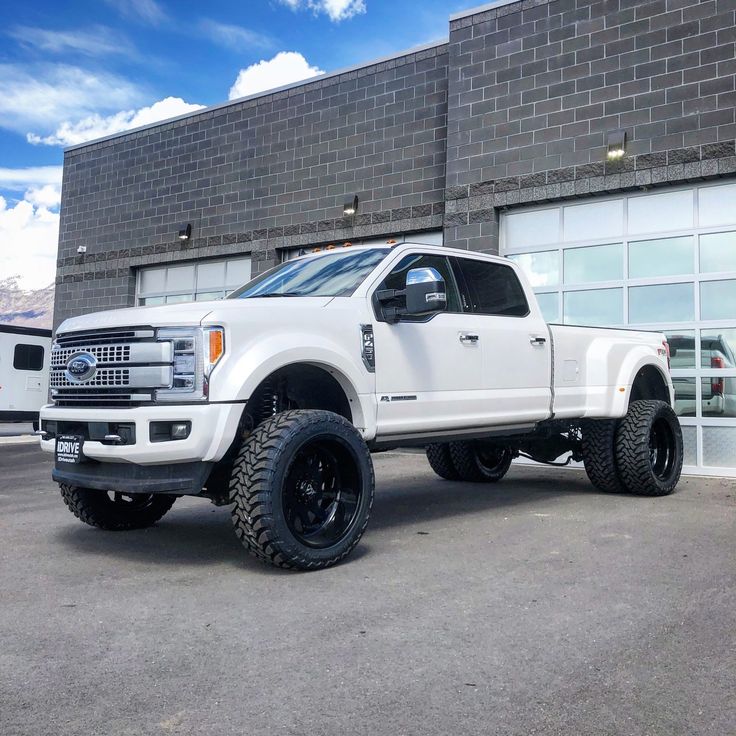Rotating tires on a dually truck or RV is a lot more complicated than vehicles with four wheels. Potential differences with the inside dual wheels and even aesthetic differences with the inner tire can make it undesirable to rotate tires on a dually with the preferred tire rotation pattern.
Dually Tire Rotation Pattern
The standard rotation pattern for a dually truck or RV is called the Circular pattern. However, there are many complicating factors that limit rotation with six tires.Most of the complications deal differences between the inner and outer rear tires. Directional tires and differences between the rear drive tires and front steering tires can also limit options.
Rotation can help uneven tire wear, although the root cause is usually a wheel alignment problem or out of balance tire. If you’re experiencing uneven wear you should be sure to have alignment and balancing services performed.
There are many possible patterns to choose from to rotate your tires depending on the limitations you’re facing with your dually.
There are quite a few patterns to choose from when rotating tires on a dually. Let’s start with the most common and work our way down to the more unique patterns.
If you’re not seeing any unusual or uneven wear, this is the best pattern to use.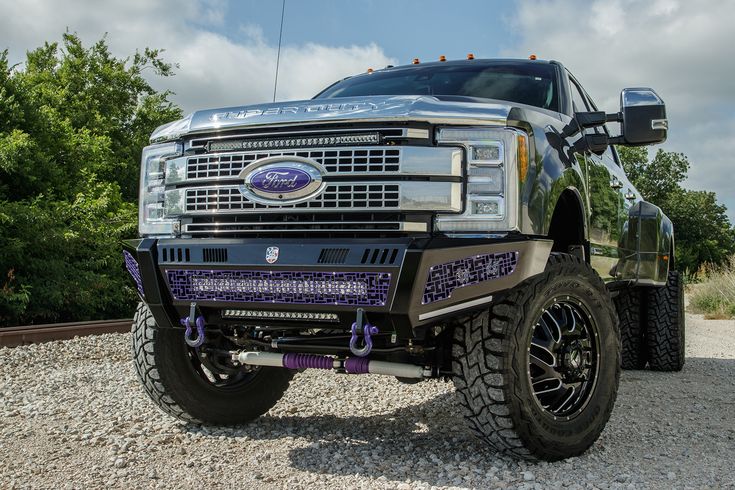
The circular pattern is the preferred way to rotate tires with dual rear wheels. It’s a simple pattern where the front tires move to the outer rear, the outer rear move to the inner rear, and the inner rear move to the front.
With this pattern the tires do not switch sides of the vehicle. This makes performing a tire rotation yourself easier since you only need to jack up one side of the vehicle at a time.
This pattern will require all 3 wheels to be identical if you’re concerned about aesthetics. Dually trucks with steel wheels are the best candidate for circular rotation.
Directional rotation with 6 tires gets a little more complex due to the fact that the outer wheels on the rear axle are mounted facing inward. You have to take this into account when rotating the tires.
This pattern isn’t recommended for non-directional tires since the circular pattern will do a better job of distributing tire wear more evenly across the tread over time.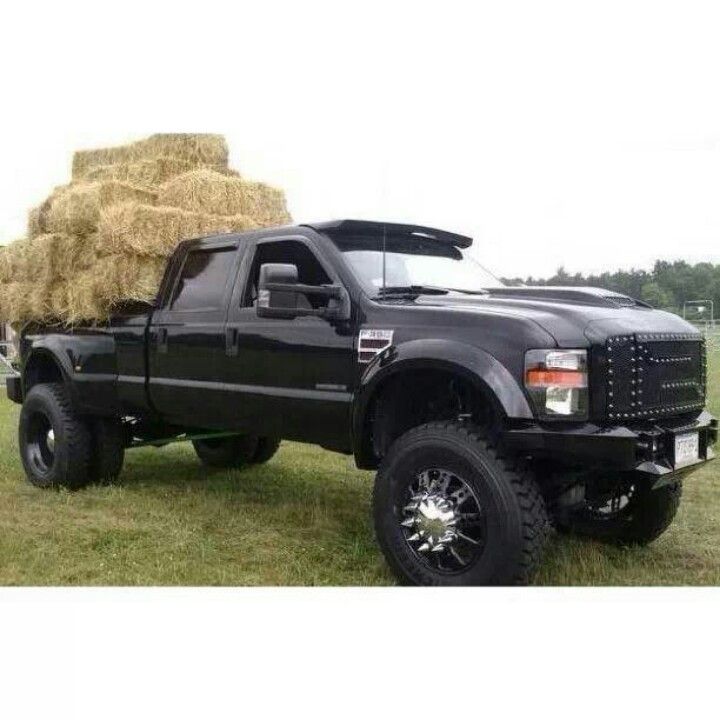
This is also the way you would rotate white letter tires that are only on one side of the tire, which is typical. If you’re concerned about the aesthetics, this will ensure the white lettering is always facing outward.
While directional tires on a normal 4 wheel vehicle would never be able to change sides, they must on a 6 wheel truck or RV.
The front tires move to the inner rear positions. The inner wheels move to the outer positions on the opposite sides. The outer tires move to the opposite sides of the front.
Side to side rotation is best for situations where there are differences between the wheels or tires on the front and rear axle. This could be situations where you have towing tires on the rear and steering tires on the front. Or there may be wheel or tire size differences that prevent rotating front to rear.
When rotating the front tires, they simply switch sides.
When rotating the rear tires when all the wheels are identical, each rear tire should spend time at each possible rear tire position.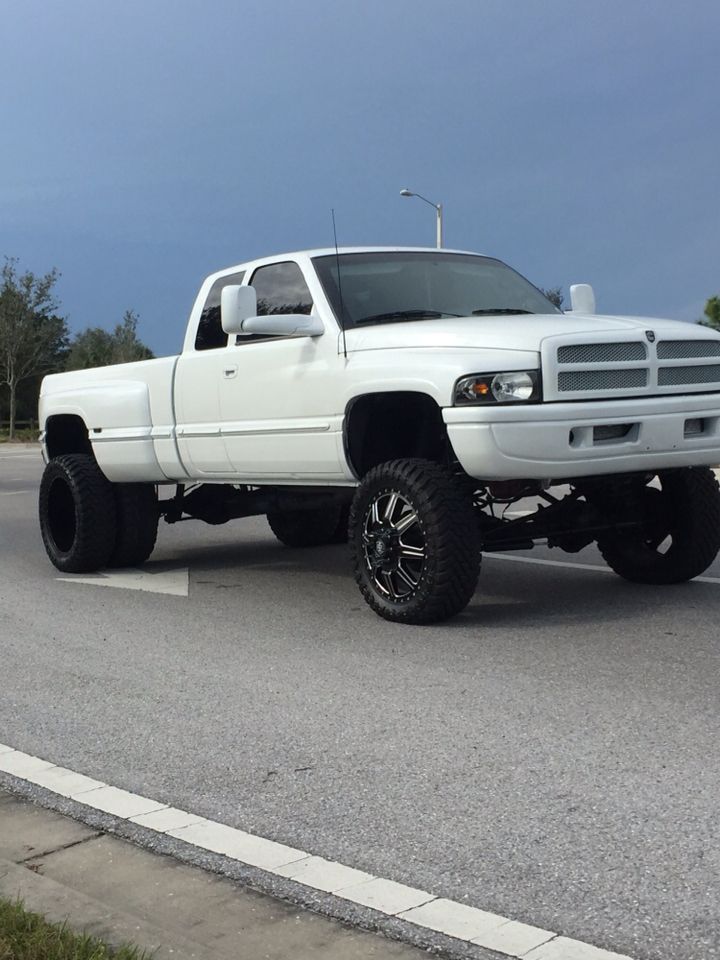
This is achieved by simply shifting each rear tire over one position each time a rotation is performed.
Driver’s side rear outer moves to driver’s side rear inner. Driver’s side rear inner moves to passenger side rear inner tire position. Passenger side inner tire moves to passenger side outer position. Finally, the passenger side outer moves to the driver’s side outer to complete the loop.
When the outer and inner rims are different, the outer rears should swap with each other and the inner rears should swap with each other as well.
Including a spare tire when rotating tires will significantly increase the life of the tire set, ensure the spare doesn’t go to waste before dry rot causes it to fail, and better ensures the spare will be properly inflated and in good shape if it ever needs to be put into use.
There are a few different methods for including a spare tire when you rotate tires on your dually.
The modification to the circular pattern has the driver’s outer rear move to the spare position and the spare move to the driver’s inner rear.
If you have 6 matching wheels, usually all steel wheels, you would remove the driver’s rear inner wheel and place it in the spare location. The spare would move to the outer driver’s rear. Otherwise, the dually directional pattern would remain the same.
The spare tire is typically an inexpensive steel wheel.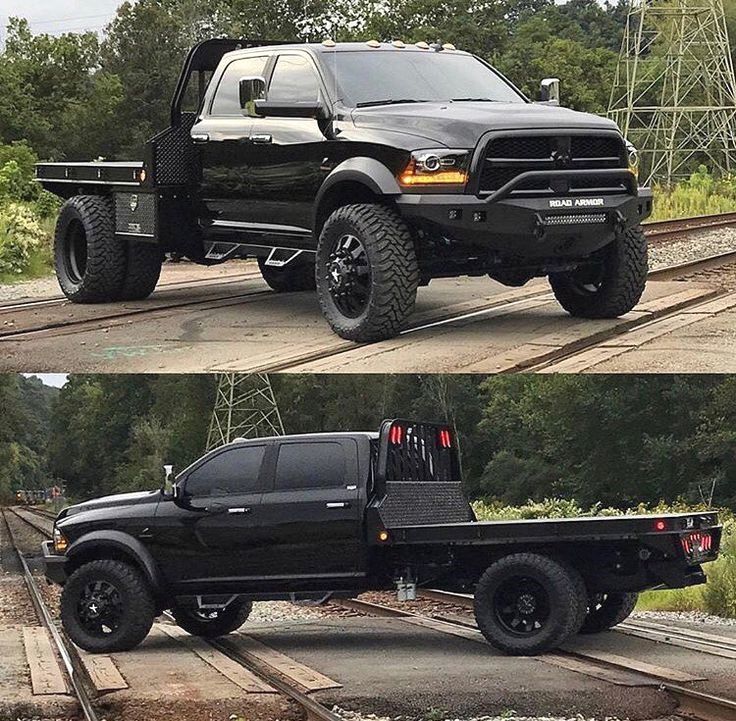 While many don’t bother to rotate tires with a spare when there are only 2 inner steel wheels, you can do so by mounting the spare at the passenger’s inner rear, rotating the passenger’s inner rear to the driver’s inner rear, and moving the driver’s inner rear to the spare tire position.
While many don’t bother to rotate tires with a spare when there are only 2 inner steel wheels, you can do so by mounting the spare at the passenger’s inner rear, rotating the passenger’s inner rear to the driver’s inner rear, and moving the driver’s inner rear to the spare tire position.
If all 4 rear wheels and tires are the same, the driver’s inner rear will move to the spare position and the spare will move to the passenger inner rear. The rest of the rotation will be the same as the side to side pattern described above.
If you’re experiencing wear unevenly across the rear tires on a dually, the inner rears and outer rears should be swapped. This obviously can’t be performed unless the inner and outer wheels are matching.
If you’re experiencing wear unevenly across the front tires on a dually, the outer rears and the front tires should be swapped.
This obviously can’t be performed unless the outer wheels all match. Aftermarket front and rear wheels will not be matching on a dually and can’t be rotated in this manner.
The proper way to rotate tires on a dually varies greatly depending on the limitations you might encounter. The best method, if possible, is the circular pattern.
The circular pattern requires all wheels and tires to be matching. This is often not the case for many dually owners. Frequently, front and rear outer wheels are aluminum while inner rears are steel. This makes it impossible to rotate your tires except for side to side, like for like swaps.
Side to side tire rotation has much less benefit than front to rear or inner to outer rear rotations.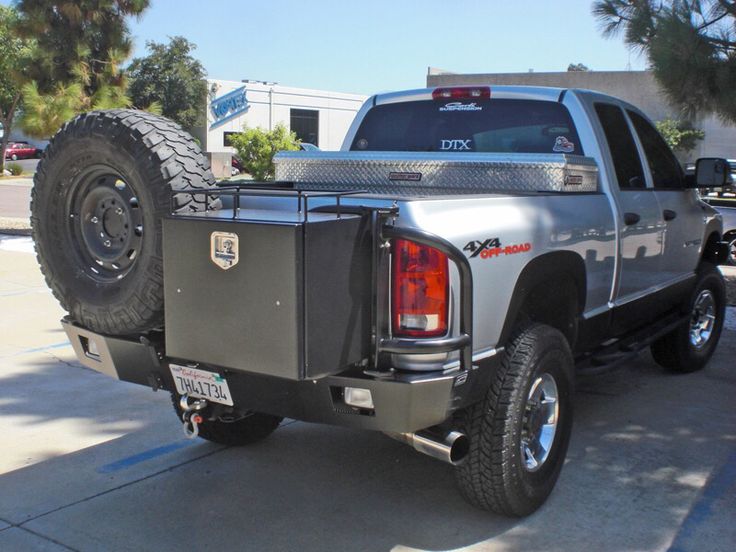 Experienced dually owners with 3 different sets of wheels on their truck usually don’t rotate their tires unless they are experiencing a problem with uneven tire wear.
Experienced dually owners with 3 different sets of wheels on their truck usually don’t rotate their tires unless they are experiencing a problem with uneven tire wear.
Tires on a dually truck or RV should be rotated according to the mileage requirement for maintaining your tire warranty. Tire manufacturer’s will usually require your tires be rotated before a certain amount of mileage is reached.
Generally, rotating your tires every 5,000 miles will meet or exceed this requirement, but it does vary so be sure to read the paperwork provided when you purchased your tires to be sure you rotate your tires according to the manufacturer’s requirements to maintain your warranty.
It’s necessary to rotate tires on a dually to maintain the tire warranty. Whether or not your tires have a warranty, rotating your tires will help ensure they last as long as possible and wear more evenly.
That said, many dually owners don’t rotate their tires unless they are experiencing uneven tire wear. Especially those with aftermarket wheels and aluminum wheels on the outer rear axle.
Especially those with aftermarket wheels and aluminum wheels on the outer rear axle.
Dual rear wheels are mounted facing each other on the rear axle. The driver’s side and the passenger side will each have 2 wheels facing each other. The front and inner rear wheels are mounted as they would be normally. The outer rears are mounted facing inward.
Aftermarket dually wheels can usually only be rotated side to side. This is because the front aftermarket wheels and the rear outer aftermarket wheels are usually completely different designs. The inner rear wheels are usually inexpensive steel wheels since they can’t be seen.
Dually trucks with six steel wheels have the rear outers facing inward instead of outward. Aftermarket wheel designs account for this with unique but complementary front and outer rear wheel designs meant to be used with inner rear steel wheels.
Wheel alignment and tire balancing aren’t perfect and can drift over time due to potholes and curb strikes. These issues can cause uneven wear as your tires age.
These issues can cause uneven wear as your tires age.
Regularly rotating your tires can help even out uneven wear. This will help your tires last longer, ride smoother and quieter, and usually be a requirement for maintaining your tire mileage warranty.
Rotating tires on a dually is a long more complex than vehicles with only 4 tires but it’s still beneficial if you can have this tire maintenance service performed regularly.
Below are some links you may find helpful when learning about tires
Will Creech
Will has been an automotive enthusiast since he was old enough to make engine sounds. Formerly a member of the contract training team at Discount Tire, he is unusually knowledgeable on all things related to tires. He is now the owner of and main contributor to TireGrades.com.
Posted by Mike Hagerty Maintenance
When it comes to towing and hauling jobs, nothing beats a pickup truck.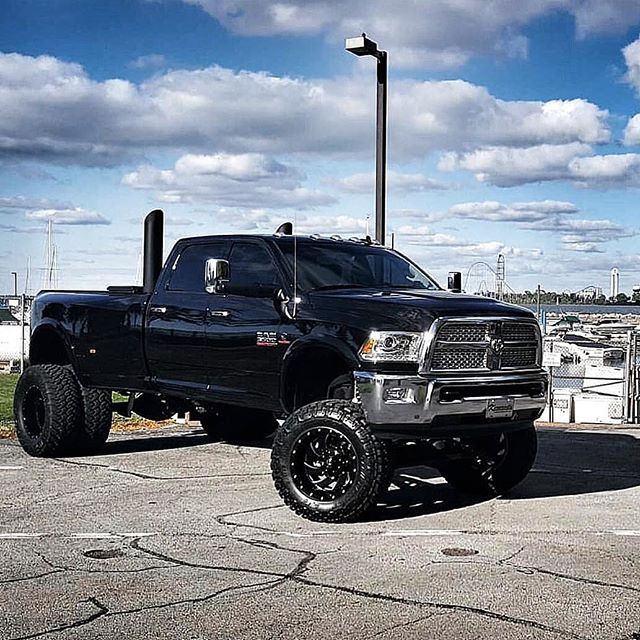 And the biggest, baddest type of pickup is the dually — a truck with dual rear wheels, two on each side. That means six tires instead of four, which complicates rotating your tires, a process that’s usually quite simple on any standard four-wheel vehicle. So let’s talk about how to rotate tires on a dually.
And the biggest, baddest type of pickup is the dually — a truck with dual rear wheels, two on each side. That means six tires instead of four, which complicates rotating your tires, a process that’s usually quite simple on any standard four-wheel vehicle. So let’s talk about how to rotate tires on a dually.
You rotate the tires on your car to avoid uneven wear, and on a dually, you’ve got one more variable to consider. It’s not just that a right or left or front or rear tire might wear more quickly than the others — the inner and outer tires on both sides of a dually can wear unevenly as well.
But the tire situation is even more complicated than that. Sometimes your truck runs with an empty bed, not towing anything, but in other cases it might be carrying or towing literally tons. There’s no wheel alignment that can adequately cover that spectrum of load on your rear dual wheels. As a result, any working alignment will be an estimate — a compromise that accounts for what your truck might see before your next alignment. This means those rear wheels are more susceptible to wear issues than your front tires or the rears tires on a standard light-duty truck.
This means those rear wheels are more susceptible to wear issues than your front tires or the rears tires on a standard light-duty truck.
And when you’re considering the replacement cost of six tires, it really makes sense to get the most mileage and wear you can out of the rubber on your dually.
How To Rotate Tires On A DuallyNow that you know a bit more about why rotating tires on a dually is especially important, get your tire-changing equipment out and start preparing for the job. Opinions on the best way to rotate differ, but the general consensus among most tire pros seems to be that a counter-clockwise rotation on each side of the truck is the best approach.
In other words, the front tire on the driver’s side would become the outer left rear tire, the outer left rear tire would move inward, and the inner rear tire would move to the front. On the passenger side, the front tire becomes the rear inner tire, the inner tire moves outward to become the right rear tire, and the outer rear tire becomes the front tire.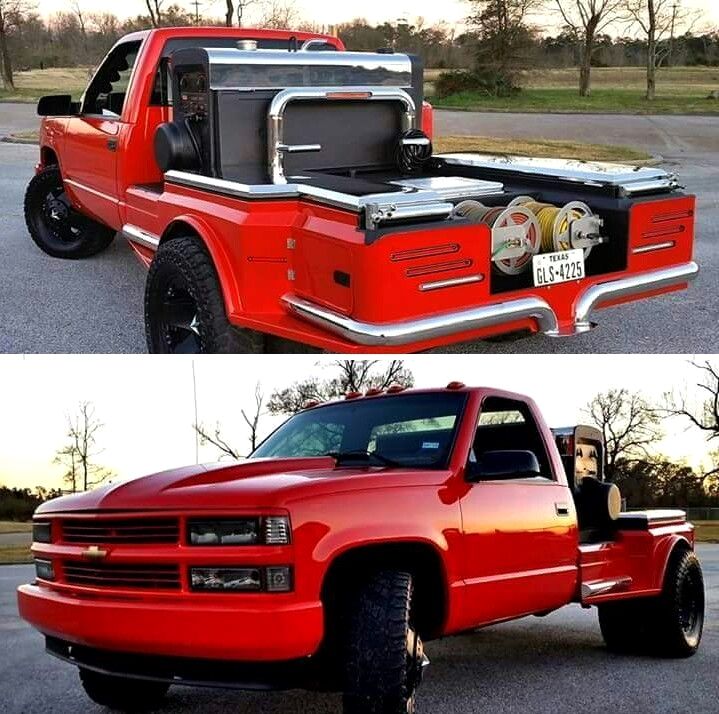
It’s not only important to rotate the tires and rotate them the same way each time, but also to do so on a fixed schedule. In general, a good rule to follow is to rotate your tires every 10,000 miles. Note, however, that how you use your dually and the conditions in which you use it can affect the recommendations. For instance, frequently carrying heavy loads will cause additional wear on tires, and the type of road surface you drive on could also have an effect.
Consulting with some local tire pros and the community of dually owners on the web will likely provide you with some worthwhile insights on how often to rotate the tires on your own dually.
Check out all the tools and tire-changing supplies available on NAPA Online, or trust one of our 17,000 NAPA AutoCare locations for routine maintenance and repairs. For more information on how to rotate tires on a dually, chat with a knowledgeable expert at your local NAPA AUTO PARTS store.
Photos courtesy of Wikimedia Commons.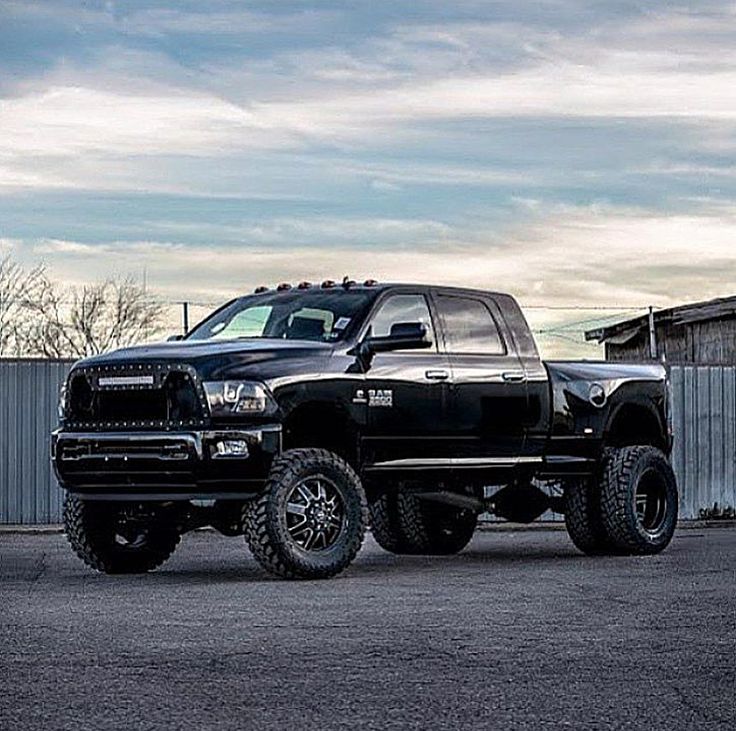
Categories
Maintenance
Tags
heavy duty, tire care, tire maintenance, tire rotation, tire rotation frequency, tire wear, tires, truck
Mike Hagerty is an automotive journalist whose work has been featured on radio, TV, in print and online since 1997. He's the Publisher and Editor of MikeHagertyCars.com, and contributes car reviews to the Los Altos Town Crier and losaltosonline.com. Previous outlets have included KFBK and KFBK.com in Sacramento, California, the ABC television affiliates and Hearst-Argyle and Emmis radio stations in Phoenix, Arizona; AAA magazines for Arizona, Oklahoma, Northwest Ohio, South Dakota and the Mountain West and BBCCars.com.
Removing the rear wheels of a one-ton pickup is twice as easy as repairing a brake. There are a few things to pay attention to when reinstalling wheels. Aligning the wheels the way they were removed is also a helpful hint for reinstallation. In order to do this safely and effectively, special tools will be required, so if you don't have these tools, it may be best to leave them to qualified professionals.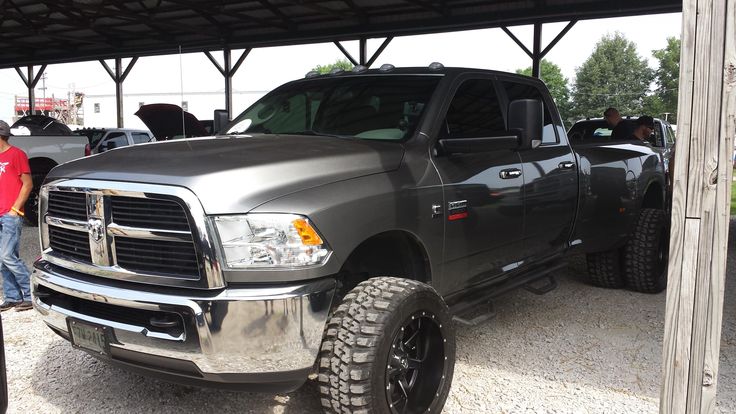
Contents
Park the truck on a flat paved or concrete surface. Place wheel chocks in front of each front wheel.
Loosen the rear tire mounting bolts using a rip bar, extension and socket of the correct size. For leverage, you can add 3 feet of pipe to the end of the breaking bar. Find a pipe that fits snugly on the breaking bar shaft, but not too tight.
Raise the rear of the truck using a jack located under the rear axle at the lower shock absorber.
Position the jack stand as close as possible to the wheel, under the axle. Repeat the procedure for the other side to raise the rear axle.
Remove clamp nuts.
Remove the wheels (first outside, then inside).![]() In some cases the wheels will stick to the hub and may need to be detached or freed from the large rear axle hub. It's a tough task when the truck is lifted only a few inches off the ground. Splashing grease around the hub-to-rim junction and hitting the tire (on the rubber sidewall near the rim) with a large hammer or heavy barbell helps. Hard work and perseverance will pay off.
In some cases the wheels will stick to the hub and may need to be detached or freed from the large rear axle hub. It's a tough task when the truck is lifted only a few inches off the ground. Splashing grease around the hub-to-rim junction and hitting the tire (on the rubber sidewall near the rim) with a large hammer or heavy barbell helps. Hard work and perseverance will pay off.
Note that the outer rim of the wheel is outlined inward, while the inner rim of the wheel is outlined outward. The inner rim hub may also have a small pin that fits into a hole in the outer rim hub. This is not always the case on trucks with two rear wheels, but if they are present and you try to remount the tires without properly aligning them, you will damage the studs, rims and hub.
Place the inner wheel next to the outer wheel so you know which one is when it's time to reinstall. Repeat the procedure for the other side.
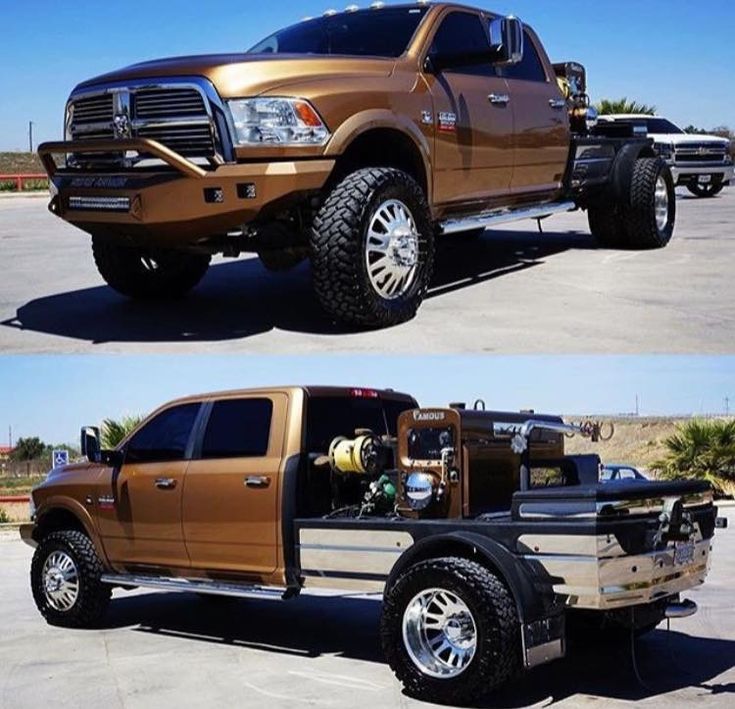 The user manual should have this information for you.
The user manual should have this information for you. Experiments show that the degree of patency of special equipment, including tank trucks, can be dramatically improved. For this purpose, twin (double or dual) conventional road-type tires, the size of which is selected based on the maximum load capacity on a solid road, are replaced with special single tires, which have a large profile, and use a pressure adjustment system in them.
For the first time, the installation of single tires from a scientific point of view was explained during the creation of the ZIL-157, the first off-road vehicle (not increased).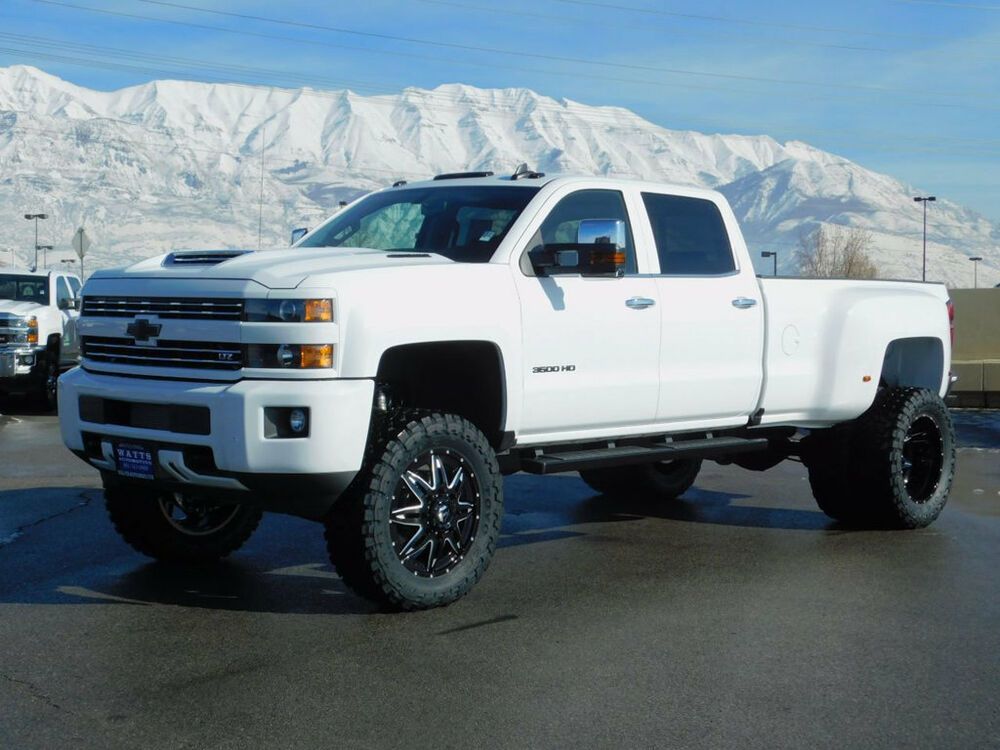
The experiments that preceded the appearance of this car led to the conclusion that it is possible to increase the cross-country ability of a wheeled truck (flatbed, tractor, dump truck). ZIL-157 on the sand had a cross-country ability no less than a tracked vehicle, and its cross-country ability on different types of soil and on snow significantly exceeds that of any previous generation vehicle with increased cross-country ability.
The installation of tires, the set of which includes large-diameter discs and carrying capacity, solves the problem with the lack of ground clearance for special equipment and increases its cross-country ability. This option is usually needed by trucks and special vehicles that require maximum performance in heavy road conditions, where the traditional two-row rear bogie or axle tires make it difficult to travel on a haul road, off-road or snowy road in northern terrain.
| Double busbar |
| Single busbar |
Single row tire with large diameter and considerable width.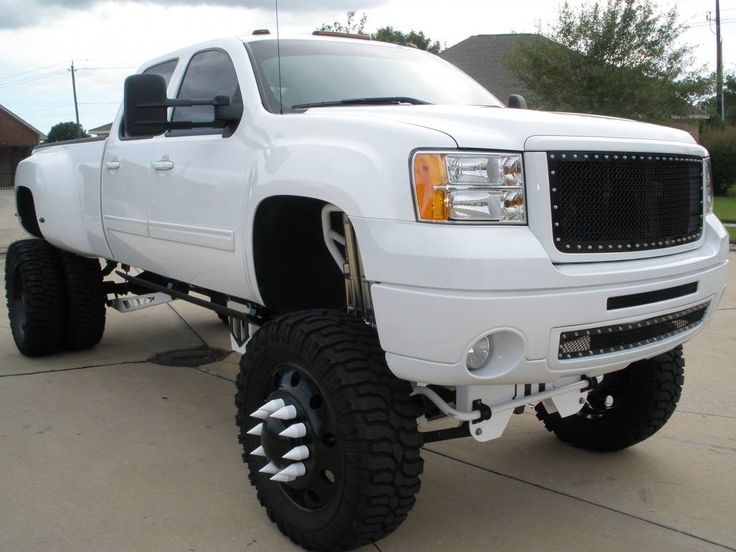 They also have such an important feature as a change in internal pressure depending on the conditions on the road. This implies the possibility of doubling the load capacity of the tire at a limited speed.
They also have such an important feature as a change in internal pressure depending on the conditions on the road. This implies the possibility of doubling the load capacity of the tire at a limited speed.
The use of special tires with a large diameter and profile with adjustable internal pressure allows, on weak soil, to significantly reduce the pressure in them to a value at which the operation of the tires is accompanied by significant deformation. As a result, the area of contact between the wheels and the soil increases significantly, the value of the specific pressure that the wheels produce on the ground decreases, and the depth of the track and the degree of resistance to movement also decrease. During the rolling of the wheels on the deformed tires, the compaction of the soil in the rut and the adhesion of the wheel to the soil improved. These are decisive components in improving traction and increasing the cross-country ability of the truck.
Thanks to the installation of a single tire, it is possible to maintain the load capacity with a sharp rise in ground clearance while improving cross-country ability, including due to off-road aggressive tread.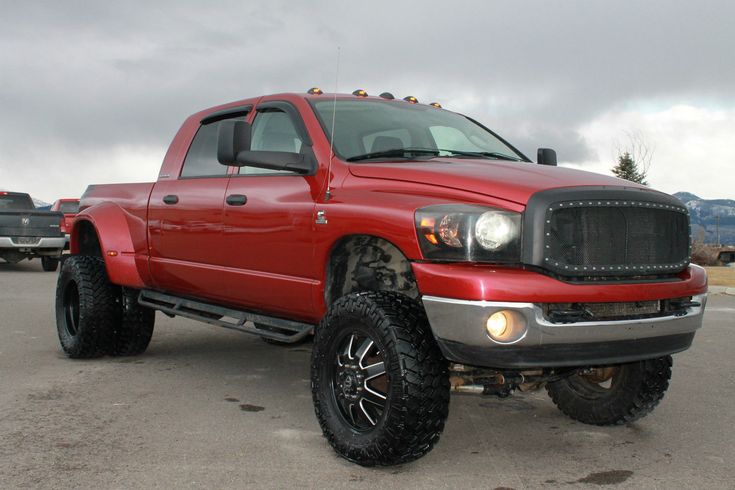
The use of high-profile tires results in a change in the truck's off-road characteristics:
Please note that the replacement of the tire set also requires the replacement of the rims. Even in the case when the size matches, discs with higher strength and load capacity are installed instead, usually collapsible and composite.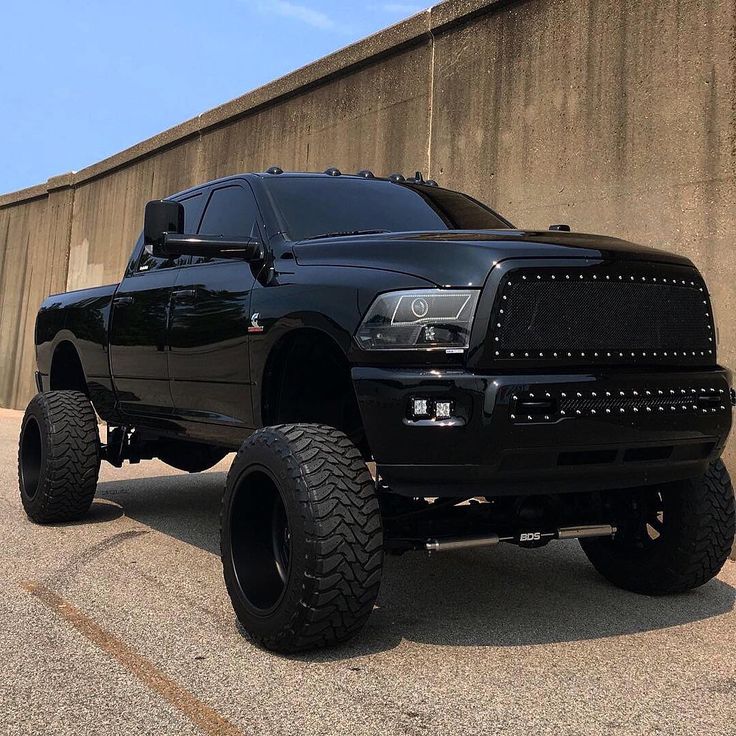
In the case when the rear axle of the truck allows the use of both double and single tires on the rear bogie, with different dimensions between the wheels of the front and rear axles, it is possible to use different tires in different climatic and road conditions on the same vehicle. With the help of such a technical solution, it is possible to independently select and install different wheels, taking into account the season, weather conditions and operating conditions. For example, in winter, when the road has a hard surface, it is advisable to use a dual-tire tire, which allows you to save fuel, while during a thaw it is possible to use a single-tire tire, which increases the vehicle's off-road capability.
Question: What is needed to install single tires instead of double tires?
Answer: We need car rims, bypass tapes and the tires themselves.
Question: Should the front wheel rims be replaced?
Answer: Not always, but in most cases required.